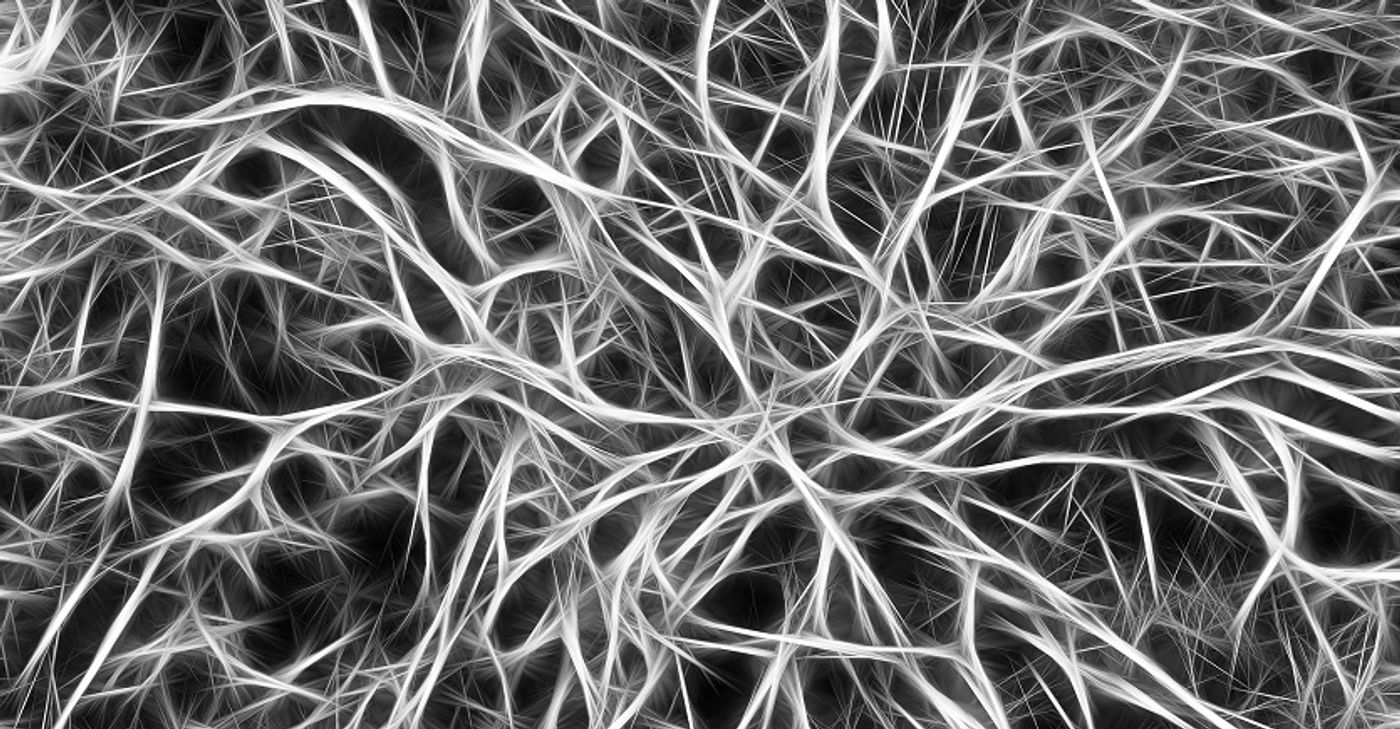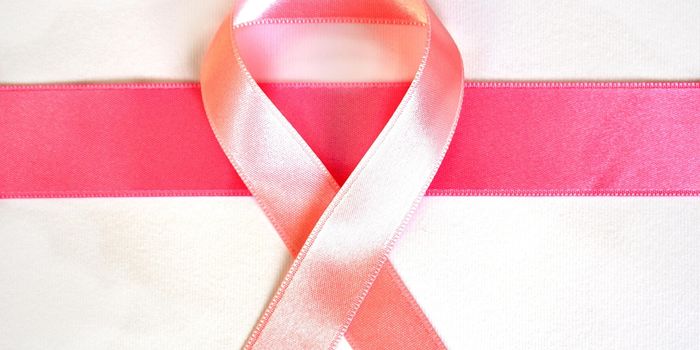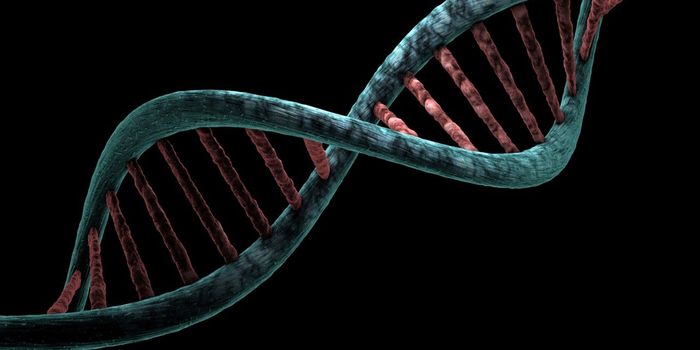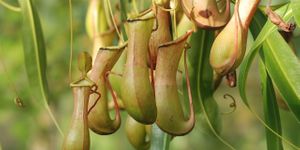The Oncogenic Hazard of a Potential Alzheimer's Treatment
Breast cancer remains one of the most common cancers around the world. Triple-Negative Breast Cancer (TNBC) is a sub-type that has been a challenge to treat. TNBC does not have any easily targetable attributes, with chemotherapy or radiotherapy being the only treatment option. This is not ideal, considering TNBC tends to develop chemoresistance. The search for a new treatment along for TNBC led a group from Argentina to examine a protein they had been working on and its possible role in breast cancer.
The protein in question is humanin (HN). Humanin is a small peptide that originates from the mitochondria. It, and six other small HN-like peptides, are some of the rare mitochondrially encoded genes. While there are more in the nuclear genome, only the mitochondrial variants are expressed to any significant level. HN is currently a front-line target for possible treatment of Alzheimer’s, diabetes, and other diseases due to its cytoprotective abilities. Unfortunately, HN has also been a known oncogene for decades. There has been very little research for HN’s connection to cancer, with recent work showing high expression levels in gastric, bladder, and pituitary cancers.
Normally, HN regulates mitochondrial based apoptotic pathways by interacting with a family of proteins called the B-cell lymphoma 2 (Bcl-2) and inhibiting the release of apoptotic signaling factors. It has also been linked to a few cellular receptors known to activate pathways involved in cellular proliferation, such as the RAS/MAPK and PI3K pathways. Both of these give credence to its cytoprotective properties, as well as its pro-tumor properties.
The team began their experiments by examining HN levels in human and mouse breast tissue. HN was present in all tissues tested but was mildly overexpressed in TNBC tissue. Using a mouse TNBC cell line, they examined HN’s effect on cellular growth in a cytotoxic environment, as well as in the presence of a chemotherapy drug doxorubicin (DOXO). The addition of HN to the cytotoxic environment brought growth levels back to what they would be in a normal environment. HN addition to DOXO treated cells inhibited the growth impairment normally seen. Silencing the HN gene in the cells concurrently led to an increase in DOXO’s anti-tumor effects. A mouse model using the same TNBC cell line to induce tumor formation confirmed this interaction, with DOXO treated mice showing a tumor growth impairment that is abrogated when HN was added alongside DOXO. HN alone actually promoted tumor growth, and metastasis as tumors spread to the lungs of the mice.
The team concluded, “Our study shows that HN facilitates tumor progression and chemo-resistance in an experimental model of breast cancer.” Considering HN is a target for the treatment of several diseases, its pro-tumor effects need to be studied in far more detail. The group points out some conflicting work concerning glioblastomas. However, different methods make it a challenge to compare the two. Regardless, before humanin can be used as a treatment, its role as an oncogene must be studied further before it can move into any clinical phases.
Sources: Nature, Catalyst University









